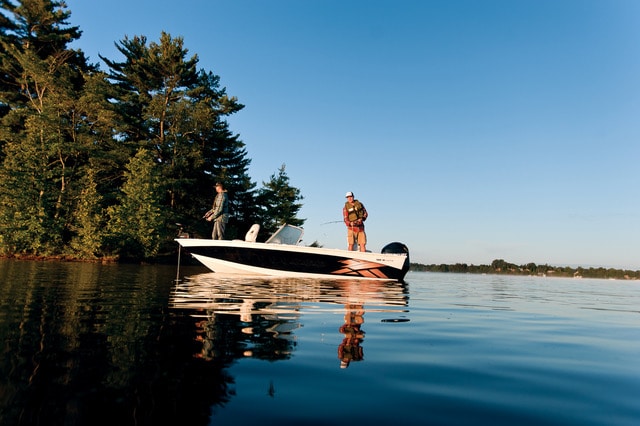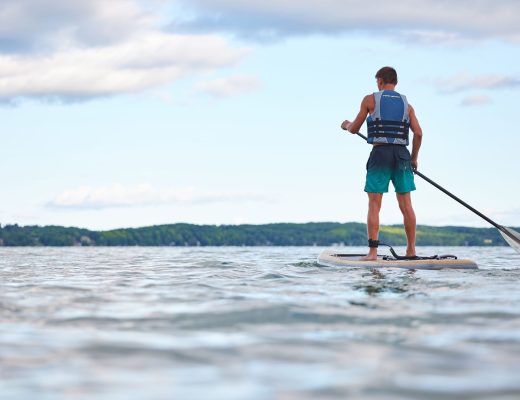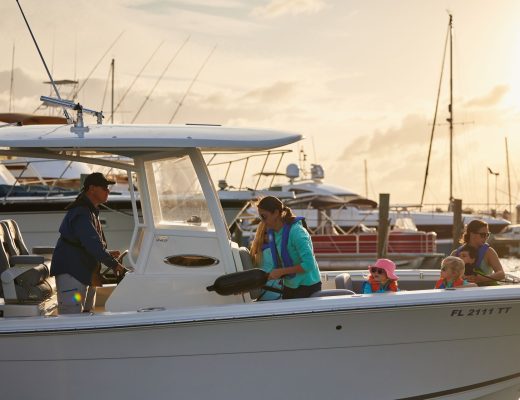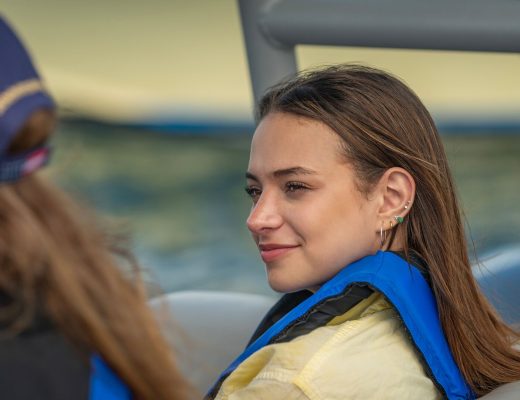Before you go boating in Maryland, make sure you know the rules. Understanding how to boat safely and within the state’s laws means you get to have many more adventures on the water!
Are you up to speed on Maryland boating laws and regulations — including boat registration? Keep reading to make sure you have the latest information — then get out and enjoy your boat and some water activities!
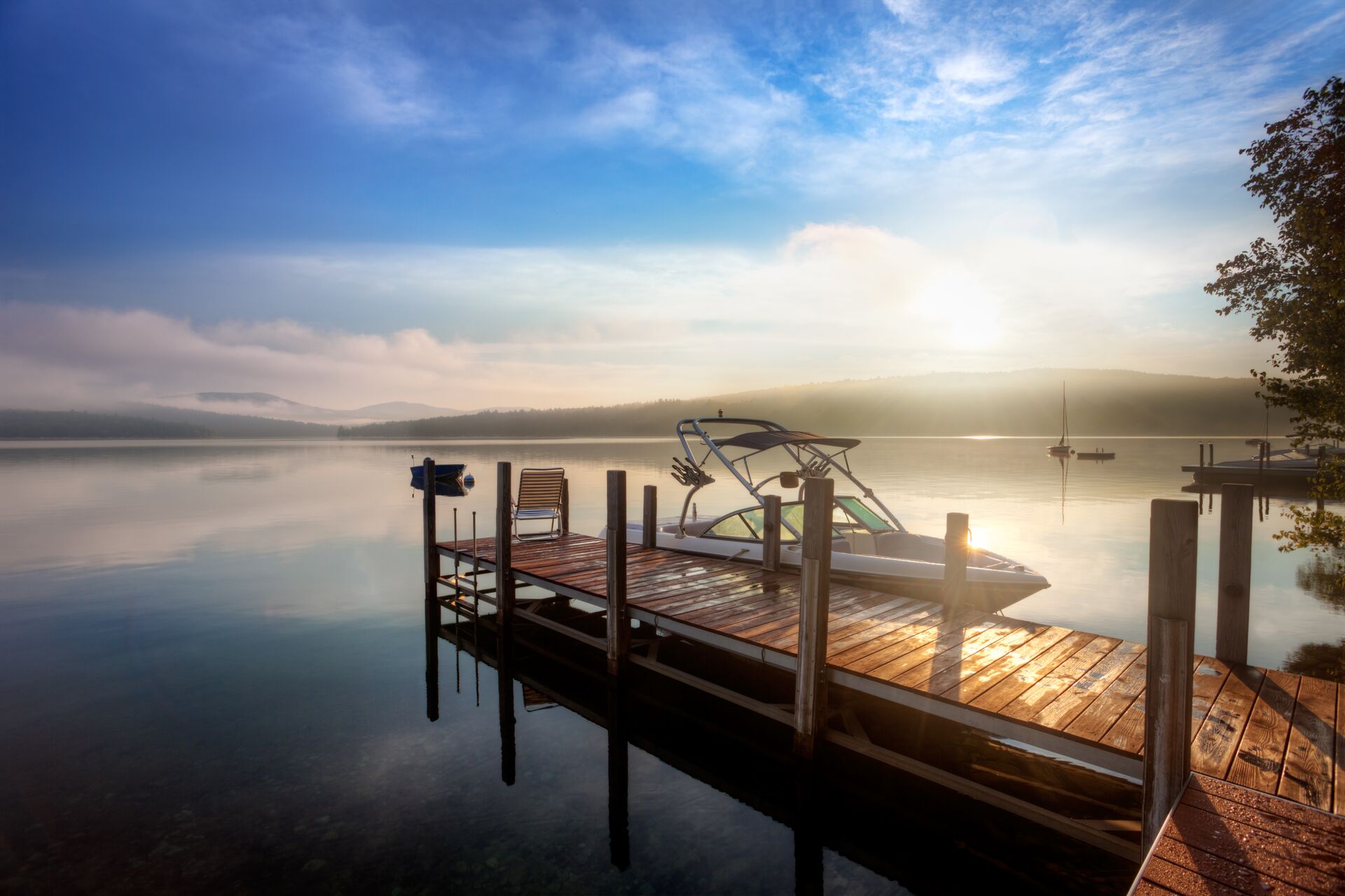
Who needs a Boater Education Card in Maryland?
Anyone born after July 1, 1972, and who operates a boat on Maryland waters is required to carry a Certificate of Boating Safety Education, commonly called a “boating license,” while operating a boat.
You can get a certificate by completing an approved Boating Safety Course or by passing an equivalency examination approved by the Maryland Natural Resources Police. Once you get your card, it’s good for life!
Are There Any Exemptions?
Yes! You can boat without a boater education card (or certificate) if you meet any of the following exceptions:
- You are licensed by the U.S. Coast Guard to operate a commercial boat
- Residents of another state boating on Maryland waters for 60 days or less in a boat registered in their home state and who are at least 16 years of age or have proof that they have passed a NASBLA-approved Boating Safety Education Course
- Boaters in a boat from another country visiting Maryland for 90 days or less
- Anyone operating a boat on a private pond or lake
People under 12 years old are not allowed to operate a boat towing any other person on waterskis, a parasail, an aquaplane, or other similar devices.
Additionally, since October 1, 2010, anyone under 16 years old operating a motorized boat eleven feet in length or longer without a valid boater education card must be under the supervision of someone 18 years or older who does have a valid Boating Safety Certificate or was born before July 1, 1972.
If anyone under the age of 16 operates a motorized boat less than eleven feet in length, a person of any age with a valid Boating Safety Certificate can provide supervision.
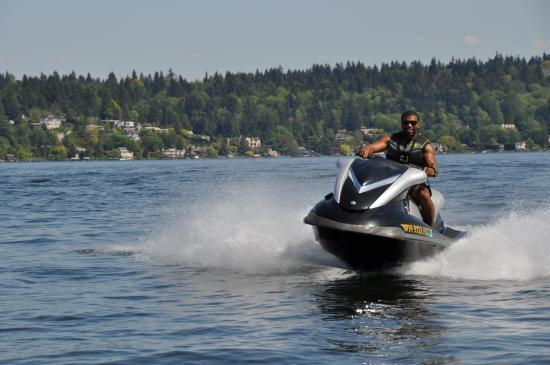
Maryland Boating License Requirements For Personal Watercraft (PWCS)
Are you hitting the water on a personal watercraft (PWC)? In Maryland, you must follow these rules when operating a PWC.
You must:
- Be at least 16 years old to drive a PWC
- Wear a life jacket that’s U.S. Coast Guard-approved
- Carry a boater education card if born on or after July 1, 1972
- Maintain six knots or slower within 100 feet of another PWC, the shore, a vessel, bridge structure, pier, piling, abutment, or people in the water
- Have a PWC equipped with a kill switch or an operating self-circling device
In addition, PWC operators may not:
- Operate between sunset and sunrise
- Operate above idle speed in water less than 18 inches of water
- Jump (or attempt jumping) the wake of another watercraft within 100 feet of it
- Disturb waterfowl or wildlife
- Operate within 300 feet of people in the water in the Atlantic Ocean
- Operate in a reckless or negligent manner
Following these regulations helps you stay safe on the water in Maryland!
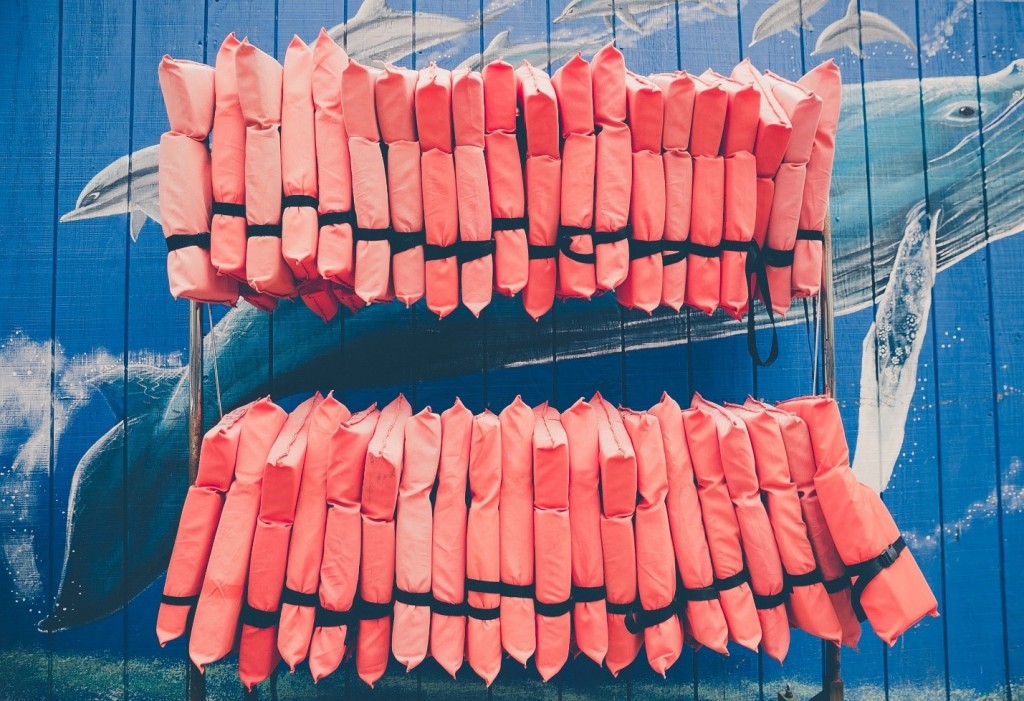
Maryland Life Jacket Requirements
Maryland also has requirements for wearing life jackets when on the water.
All children under the age of 13 must wear a life jacket approved by the U.S. Coast Guard — Type I, II, III, or V — while underway on a recreational vessel less than 21 feet long on Maryland waters.
Recreational vessels include:
- Sailboats
- Motorboats
- Rowboats
- Kayaks
- Canoes
- Any other device capable of being used for transportation on the water
The life jacket must be the proper size for the child and in serviceable condition. Also, a child under the age of four must wear a life jacket with additional safety precautions as appropriate for a young child, infant, or toddler.
These features must be able to:
- Hold the child securely within the life jacket. This usually includes a strap secured between the child’s legs, fastening together the back and front of the life jacket.
- Maintain the buoyancy of the child. These features can include a high collar or an inflatable headrest.
- Give you the ability to quickly grab a child from the water.
Note that these Maryland regulations for life jackets do not apply to a vessel that is moored or anchored. They also do not apply when a child is in an enclosed cabin or below deck.
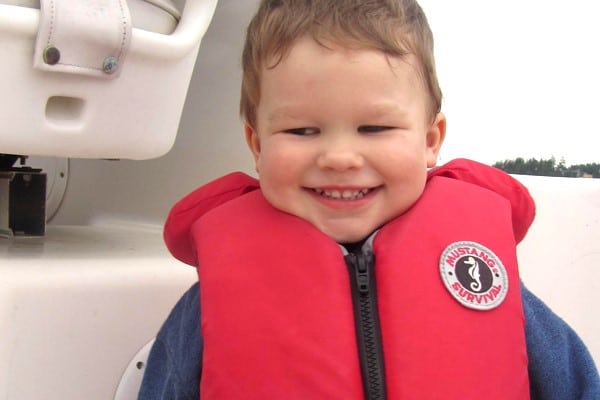
Life Jacket Types
To comply with Maryland’s regulations, understanding the types of life jackets is essential.
The Coast Guard has approved the following life jackets (or personal flotation devices — PFDs) for use when boating or on the water:
- Off-Shore Life Jacket (Type I): Provides the most buoyancy and is effective for all waters, especially rough, open, or remote waters where rescue may be delayed. This PFD will turn most unconscious wearers face up in the water.
- Near-Shore Buoyancy Vest (Type II): Ideal for calm, inland water or where there is a high probability of quick rescue. In the water, this PFD will turn some unconscious wearers face up.
- Type III PFDs: Good for calm, inland water or where a quick rescue is likely. This life jacket has the same buoyancy as a Type II, comes in many colors, styles, and sizes, and is generally the most comfortable for wearing for a long time.
- Throwable Devices (Type IV): Best for calm, inland water with heavy boat traffic where help is always present. These devices can be thrown to a person in the water so they can grab and hold it until rescue.
- Special Use Devices (Type V): These are for specific activities and may be carried instead of another life jacket when used according to the approval condition on the label.
- Hybrid Inflatable Life Jackets: The least bulky of all life jacket types with an inflatable chamber and a small amount of inherent buoyancy. Its performance is equal to that of a Type I, II, or III life jacket (as noted on the label) when inflated.
Make sure you have the right type of life jacket based on the activities you plan to do on the water.
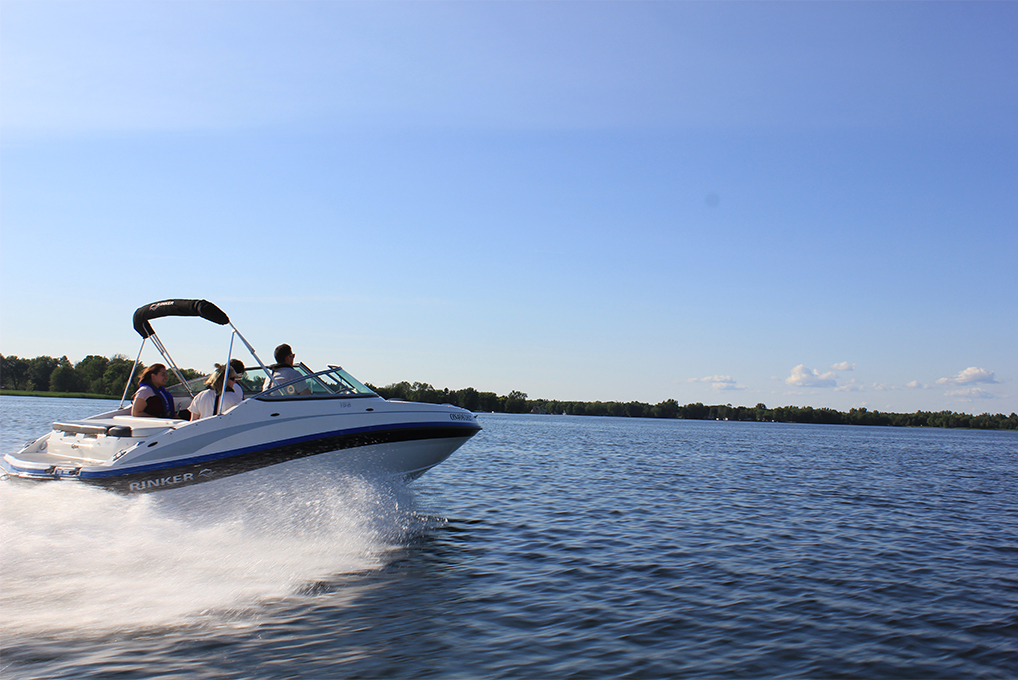
What Are Maryland’s Boat Registration Requirements?
To legally own and operate a boat in the state of Maryland, you’ll need a Certificate of Number and validation decals. Then, you’ll need to carry the Certificate of Number on the boat and keep it available for inspection by enforcement officers during the boat’s operation.
Submit an application with the correct fee to the Maryland Department of Natural Resources Licensing and Registration Service to get your Certificate of Number and validation decals. The Number is valid for two years, expiring on December 31st of the second year.
Note: If you have a trailer for your boat, it must also be registered with the Maryland Motor Vehicle Administration.
Boat Registration Exemptions
Some boats may be exempt from registration, including:
- Human-powered boats
- Boats registered in another state
- Boats documented by the Coast Guard
Boat Registration Number and Decal Placement
After registering your boat and receiving the decal, follow these tips for placing it on your boat:
- The numbers must be applied as a decal, painted, or otherwise permanently affixed to each side of the boat’s bow. Do not display any other numbers in this area.
- The numbers must be in bold block letters at least three inches high. The color must contrast with the color of the boat.
- The numbers must be read from left to right and separated from the letters by a hyphen or by an equivalent space.
- Place validation decals on both sides of the boat. They must be within three inches of the registration number and be below, above, or beside the registration number.
Note that these requirements also apply a personal watercraft (PWC).
Maryland’s Boat Titling Requirements
Is registration different than a boat’s title? Yes.
If your boat meets the requirements for registration in Maryland, it must also have a title. Without a valid title, a boat is not considered “registered,” and you won’t be able to renew your registration application.
You’ll also need to pay a vessel excise tax with your application for a title. All vessel excise taxes are deposited into the Waterway Improvement Fund.
Additionally, the Maryland Department of Natural Resources (DNR) must be notified within 15 days when a boat is sold, traded, or transferred. If your boat is destroyed, stolen, or lost, you’ll need to notify the Maryland DNR, as well.
Boating and Alcohol in Maryland
Boating and alcohol don’t mix well. That’s why it’s illegal to operate a boat while under the influence of alcohol or drugs — or any combination of the two — in Maryland.
You are considered to be under the influence if:
- Your Blood Alcohol Concentration (BAC) level is 0.08 or higher.
- You are impaired by drugs, alcohol, or any combination of these substances, preventing you from operating a boat safely.
Convictions and Fines
If you are convicted of operating a boat while under the influence, you could face the following penalties:
- First Conviction: A fine of up to $1,000, imprisonment for up to one year, or both.
- Second Conviction: A fine of up to $2,000, imprisonment for up to two years, or both.
- Third conviction: A fine of up to $3,000, imprisonment for up to three years, or both.
Know that if you drive a boat on Maryland waters, you have given consent to a test to determine your level of alcohol or drug impairment if requested by law enforcement. In addition to the penalties outlined above, a court may prohibit you from operating a boat for up to one year for refusing to submit to a test or for having a blood alcohol content level of .08 or greater.
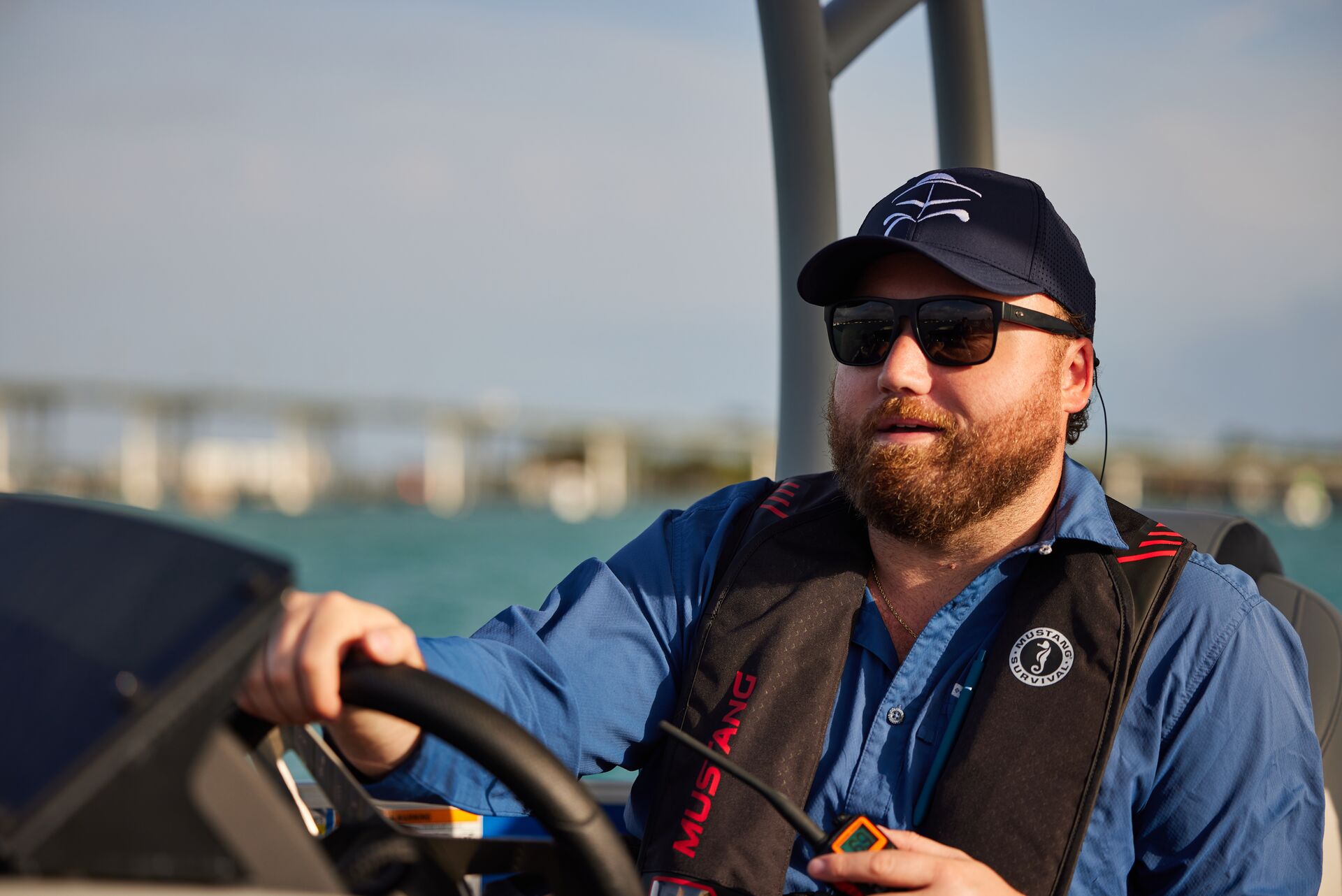
Enforcement of Maryland Boating Laws
The Maryland Natural Resources Police enforce boating laws and regulations in the state. Patrol boats have uniformed officers on board, blue emergency lights, and a “POLICE” identification on the side of the boat.
When approached by one of these boats and officers using a flashing blue light — unless otherwise directed by the officer — you must yield the right-of-way, stop the boat, and stay in that position until the police boat has passed. Failure to stop or allow an officer to board your boat and conduct an inspection may lead to a fine of up to $2,000.
Note: A boat does not have to be underway to be boarded or inspected. Officers can board a boat while docked. All boats, including those documented by the Coast Guard, must follow Maryland’s rules and regulations.
Maryland Boat Accident Reporting Requirements
What should you do if you’re in a boating accident? You are required to:
- Stop the boat at the scene
- Render assistance to any person with an injury or who is in danger — as long as you can do so without risking your own safety.
- Provide your name, address, and boat information in writing to anyone injured in the accident. You must also give this information to the owner of any property that was damaged due to the accident.
If any of the following happen as a result of the accident, you must also file a report with the Maryland Department of Natural Resources (MDNR):
- A person disappears from the boat or is killed. You must report this within 48 hours.
- Anyone loses consciousness, requires medical treatment beyond first aid, or is disabled for more than 24 hours. This must also be reported within 48 hours.
- Property damage in excess of $2,000 occurs. This must be reported within ten days.
Additionally, if a boat with Maryland registration is involved in an accident that results in the disappearance, death, or injury of a person or property damage exceeding $2,000, you must report the accident to the MDNR within 30 days.
The MDNR Police can provide Boating Accident Report Forms. The operator of the boat or boats involved in the accident must submit the report to the MDNR Police. Note that information from these reports will not be publicly disclosed and cannot be used in court.
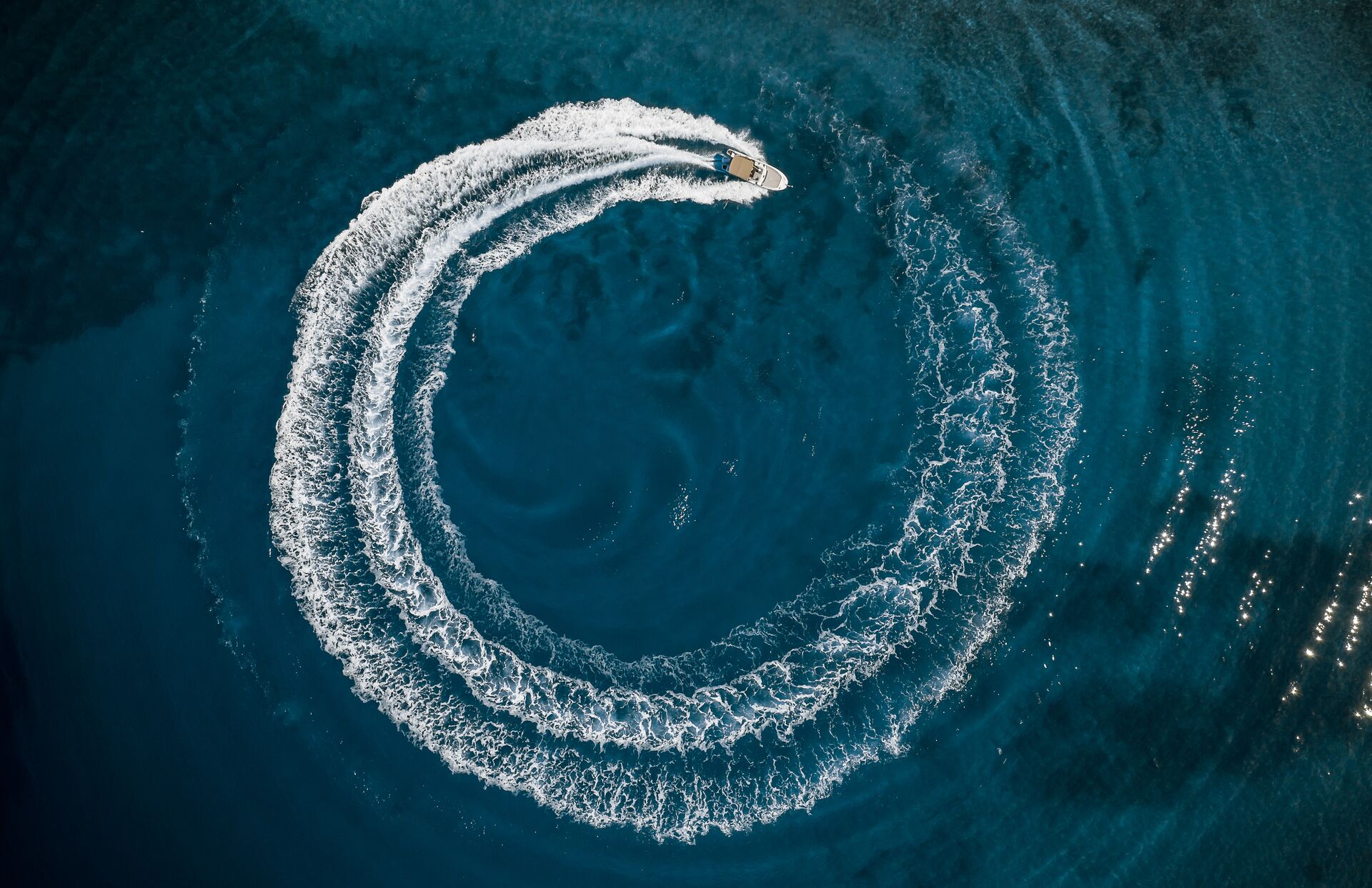
Stay Safe and Follow Maryland’s Boating Regulations When Hitting the Water
We hope this information is helpful as you plan to spend time on the water in Maryland this season! Following Maryland’s boating regulations helps you stay safe and legal when enjoying the waterways.
In addition to this information, an online boating education course through BOATsmart! can help you learn everything you need to know about boating safety.
Published in May 2018. Content most recently reviewed and updated for accuracy and relevancy October 16, 2024.

